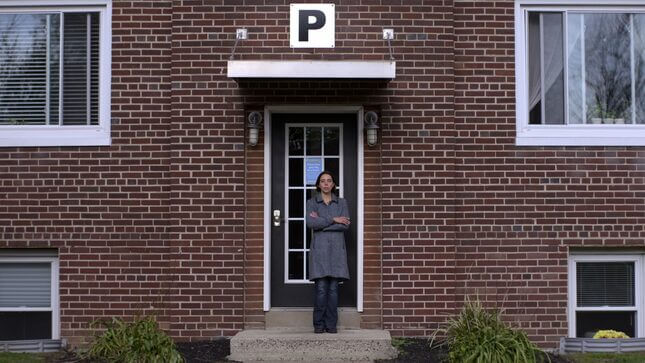The Allure of the Roommate Horror Story
A new Netflix series taps into frightening tales that feel like modern urban legends in an age of housing instability.
EntertainmentTV

At first, Jamison Bachman was the normal kind of terrible roommate. He’d rearrange his housemate’s plants, or clog the toilet with cat litter. In one case, he took all the dining room chairs from the communal living space and used them to create a makeshift desk in his room. His transgressions would escalate, however, and eventually he’d refuse to pay rent and refuse to move out, menacing his roommates and leaving them on the hook for all the bills.
The ripped-from-the-headlines stories of Bachman and other nightmare housemates are chronicled in Netflix’s new anthology show Worst Roommate Ever. The series was created by Blumhouse Productions, which is best known for horror films like Get Out, Paranormal Activity, and The Purge, movies full of fictional scares, not real-life terrors. Still, though the Worst Roommate stories are real, the fascination they hold feels similar to the allure of the creature features that make up the usual Blumhouse fare. Bad roommate stories are modern urban legends, reflecting cultural fears back at us—in this case, fear around housing instability.
-

-

-

-

-

-

-

-

-

-

-

-

-

-

-

-

-

-

-

-

-

-

-

-

-

-

-

-

-

-

-

-

-

-

-

-

-

-

-

-








































